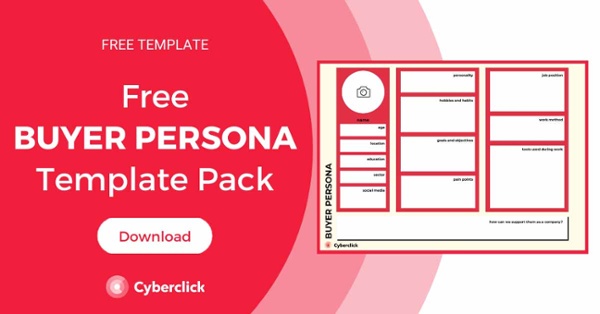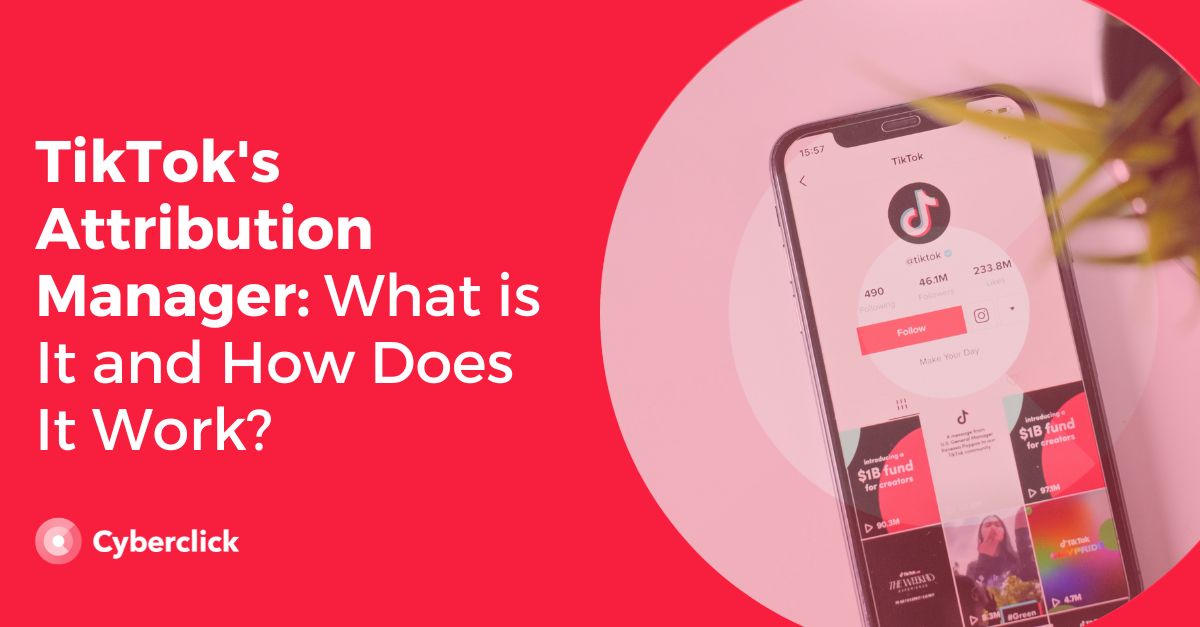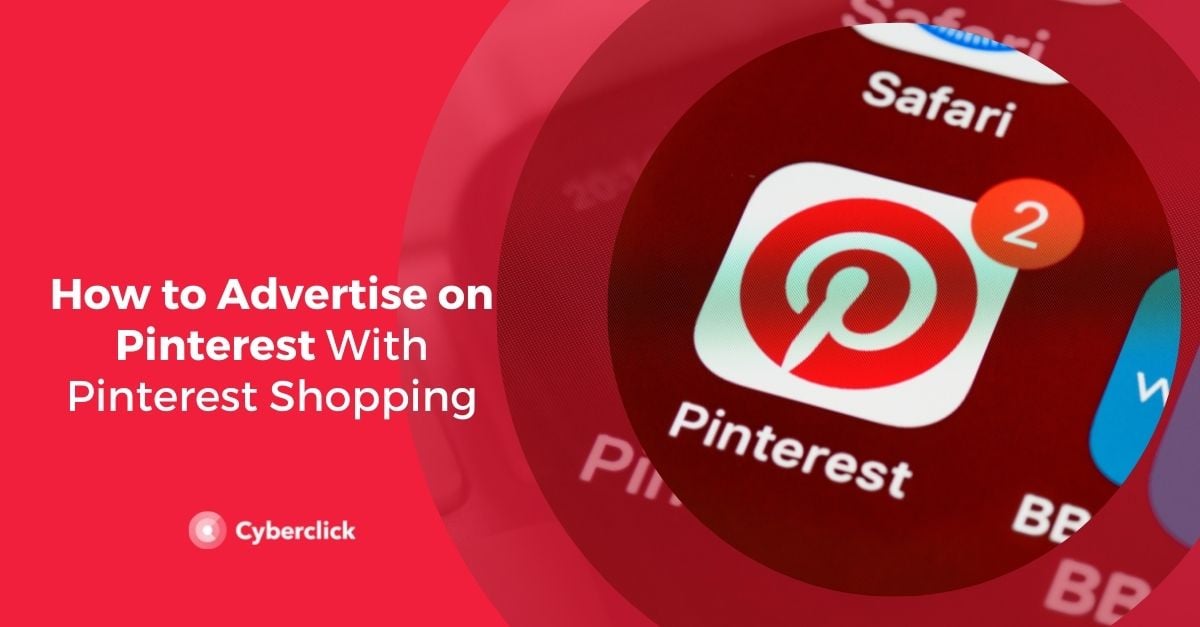In marketing, getting new customers is only part of the job. The real challenge lies in delighting them, building loyalty, and making them stay with your brand long term.
Therefore, it is essential that we know what your customers think and what you can do to make them more satisfied. Of course, the best way to learn this is by asking them directly, so let's take a look at some keys aspects of customer satisfaction surveys and the 10 questions you should ask.

What Are the Benefits of Customer Satisfaction Surveys?
Customer satisfaction surveys are a series of questions that users are asked about a product or service to evaluate their opinion and to get a better idea of what could be improved. Creating a survey is simple and can have multiple benefits.
-
Satisfaction surveys help you make short, medium, and long term decisions about various aspects of your company, as you can discover what things need to be improved and get ideas for new products and services.
-
They help you retain current customers as you can better adapt to their needs based on what you learn from the surveys. Additionally, just asking their opinion makes customers feel valued and can improve their perception of your brand.
-
They help attract potential customers as you can tailor your products or services to the real needs of the market. With the right questions, a customer satisfaction survey can be used to obtain ideas for new products with a high probability of success.
-
They allow you to accurately measure customer satisfaction with respect to different elements of the company and to see how it evolves over time. They will also show you how well any improvement initiatives you launched are working.
-
They help differentiate your brand from the competition. If other brands similar to yours are not taking the time to conduct satisfaction surveys and measure results, you'll have an advantage since you will know your customers better and will be able to create better brand experiences.
The 10 Key Questions of a Satisfaction Survey
1. Demographic Data
These questions are very important for the marketing department because they allow them to compare users who have responded to the survey with the brand's target audience and see if the profiles match or if you are reaching a different audience.
The specific demographics you'll want to ask about will depend on your brand but the basics are age, location, and gender.
2. How Satisfied Are You with the Product or Service?
This question is fundamental to know if you are creating a satisfactory brand experience or if, on the contrary, you need to make urgent improvements to your products or services. It also helps establish controls over time to see if you are improving and generating a greater level of satisfaction from your customers.
3. Matrix Question about Different Aspects of Your Product Service
Matrix questions are formatted in several rows and columns to allow the user to evaluate different aspects of the product or service. For example, "From 1 to 10, please indicate your satisfaction with: product appearance, delivery time, price, size, etc."
Although these questions can be a bit more complicated to set up, they are highly recommended because they will help you more accurately identify your brand's strengths and areas for improvement.
4. From 0 to 10, How Likely Are You to Recommend this Product or Service to Family and Friends?
This question is a way to obtain one of the key metrics in customer satisfaction: the Net Promoter Score or NPS.
The Net Promoter Score measures the loyalty of a company's customers based on the likelihood that they will recommend you to their network. Based on the responses you get, you classify users into three categories.
-
From 0 to 6 points: detractors.
-
From 7 to 8 points: passive or indifferent.
-
From 9 to 10 points: promoters.
To calculate NPS, convert the number of promoters and detractors into percentages and subtract the percentage of detractors from the percentage of promoters. The result can range from -100 (all customers are detractors) to 100 (all customers are promoters). A result above 0 is normally considered good and above 50 is excellent.
5. What Would You Improve about the Product or Service?
This question is very important because it can help you detect problems that haven't occurred to you or aspects that do not work well "in real life" that you hadn't noticed at the design stage. Taking these suggestions for improvement into account will make customers feel heard and valued while also helping you respond better to their needs.
6. How Did You Hear about Our Brand?
This is another essential question for the marketing department, as it helps measure which channels are bringing you customers. Possible answers include your own website, social networks, online advertising, or recommendations from family and friends. The idea is to see how the number of actual customers acquired corresponds to the budget allocated to each channel.
7. What Do You Think of the Relationship between Quality and Price?
Price is, of course, an important aspect in making purchasing decisions so you need to be able to evaluate whether you are getting it right in the eyes of the user. Other variations on this question that could be useful are "How often can you afford to buy our product or service?" and "Would you invest your money in our products and services again?"
8. How Do You Rate Customer Service from Our Staff?
In addition to evaluating satisfaction with the product or service, it's also important to include a question about the shopping experience. The people who represent your brand are one of the keys to the company's success and it is essential that they are both professional and approachable.
9. If You Are Dissatisfied with an Aspect of Our Brand, How Can We Improve?
If the user responds negatively to any of the questions, it's a sign of a problem that you'll need to improve as soon as possible. Being able to identify and resolve these "pain points" is one of the greatest benefits of customer satisfaction surveys. Ideally, this question should be triggered automatically when the user marks an option below an average level of satisfaction.
10. Final Open Ended Question
Finally, it's a good idea to include a question such as "Do you have any other suggestions or comments?" and an open field where people can write in their answers. This way, you can get new ideas about aspects of your brand that you hadn't thought to ask about.
How to Optimize Your Customer Satisfaction Surveys
A good selection of questions is key, but there's more. If you want to get the best results with your survey, take note of these tips.
-
Adapt the language to your buyer persona. Addressing professionals in the chemical industry is not the same as addressing high school students. The language of your survey should be precise and adapted to the level and style of your target audience. When in doubt, the simpler the better.
-
Make sure your survey is easy to respond to. We already know that a large percentage of internet traffic occurs through mobile devices, so it is essential that your satisfaction survey looks good and is easy to complete from these devices.
-
Simplify as much as possible. The experience of answering the survey should be as quick and easy as possible. Limit the number of questions, try to keep them short and easy to understand, and don't force the user to answer them all. You can mark the most important questions as mandatory and leave the rest as optional.
-
Try to make most of the questions quantifiable. It is a good idea to include some open-ended questions to collect more qualitative comments, but surveys that are too open-ended make it very difficult to collect and evaluate information. Therefore, try to make most of the questions multiple choice or have the user respond on a scale (e.g., 1 to 10 or from "very dissatisfied" to "very satisfied").
-
Launch your satisfaction survey as soon as possible after the user has received the product or used your service. If you let too much time pass, it is very likely that the customer will no longer remember important details or that his or her perception will be distorted by the passage of time.
-
Incentivize the most reluctant users to give their opinion through sweepstakes, gifts, or special promotions for customers who fill out the satisfaction survey.
Social Account Manager at Cyberclick. Le apasiona el marketing, las redes sociales, leer y escribir.
Social Account Manager at Cyberclick. Passionate about marketing, social media, reading and writing.






Leave your comment and join the conversation